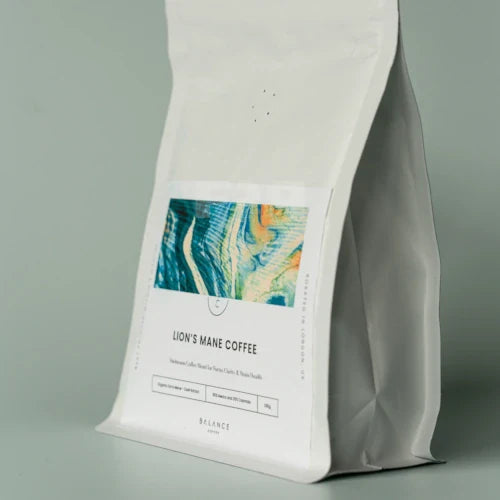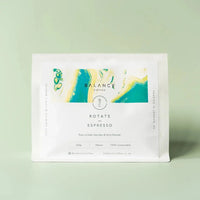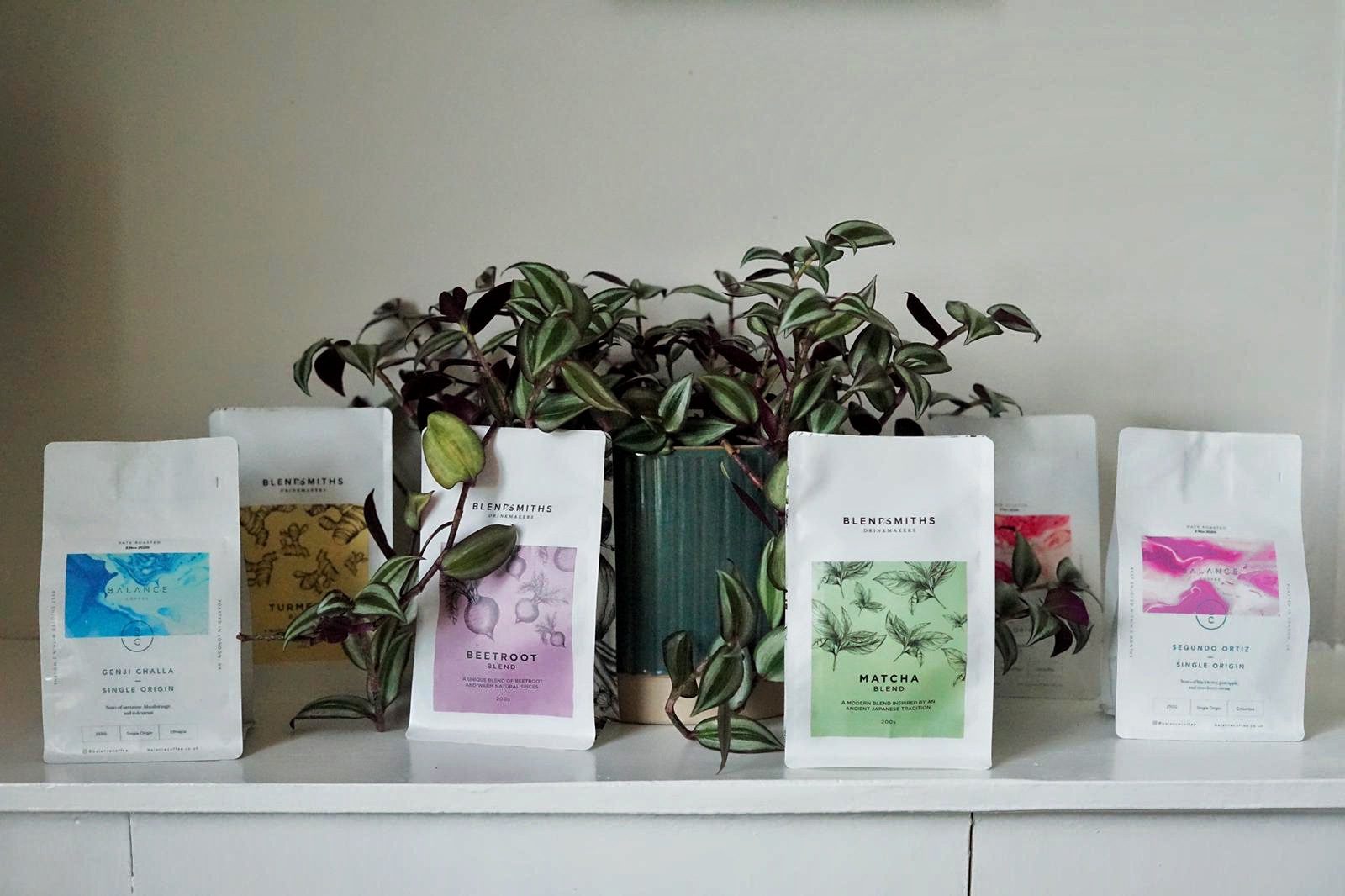Learning how to choose coffee beans can be a bit of a minefield - there are so many different varieties and options to choose from!
In this post, we're going to break down the different aspects of coffee that can affect flavour and what to expect from each one. By using these guidelines, it'll be much easier to choose a coffee that you'll love.
Espresso vs Filter
Firstly, let's explain the difference between espresso and filter coffee.
In theory, they're the same: pour hot water over coffee grounds; the water passes through the grounds and a filter of some form, then falls into a vessel.
However, with espresso coffee, hot water is forced through finely ground coffee under pressure (9 bars to be exact) to create a concentrated drink, whilst with filter coffee, water passes through a coffee filter or is immersed in the coffee grounds.
The differences are actually extremely large. For example, espresso is a very short measure of water being passed through the grounds (between 30-60ml) whereas, the water quantity used for filter coffee is up at around 250ml.
These differences have a huge contrast in body and flavour and therefore on what you may or may not prefer to drink.
 An espresso shot is being pulled.
An espresso shot is being pulled.Filter coffees tend to be more complex, with a softer acidity and a sweeter, cleaner brew.
Espressos are more intense, concentrated and have a heavy body - this is why they are paired with lattes, flat whites and other milky coffees.
When choosing a coffee, you need to think about whether you prefer a more complex black coffee (filter coffee) or a punchy coffee with milk (espresso). Of course, both give you different results, and you may wish to alternate.
For example, founder James has a flat white in the morning because it's more filling, then in the afternoon he'll often switch to filter coffee to enjoy a different flavour experience.
If you're not sure which you would like more, it's definitely worth experimenting! You can try our filter coffee and espresso taster packs.
Brewing method
However, you can't just split coffee into espresso vs filter. It is also important to think about the specific brewing method that you're using or choose or alternate with.
So, before doing that search on how to choose coffee beans, it is important to understand brewing methods.
Hario V60
Firstly, there's the home barista favourite, the Hario V60. This is a pour-over method of coffee brewing that involves pouring hot water through coffee in a paper filter, which then drips into the glass server through a large hole.
It allows you to have the most control, creating a bright, clean and complex cup of coffee. For more about the V60, you can read our blog post here!
Also, take the time to read my latest blog post on the best coffee for pour-over. You will be blown away.
Aeropress
circular shaped filter papers fit easily into the base of the Aeropress, coffee and water is added, then pressure is applied to the top of plastic tube by hand as you squeeze the coffee into your favourite mug.
The Aeropress produces tasty coffee with a medium body finish due to the pressure it generates.
I also wrote an in-depth article on the best coffee for Aeropress, it is worth your time.
Cafetière
Another common coffee brewing method is the cafetière, also known as the French Press.
The cafetière produces a full-bodied cup because immersion brewing steeps the coffee and extracts its flavour for a longer period than other brewing methods.
Moka pot
When a moka pot is placed on a stove, the water heats up and generates steam.
This increases pressure in the bottom chamber, pushing the water up through the coffee grounds and into the top chamber, where it is ready to be poured.
The coffee it creates is more intense, heavy-bodied, and good for making faux-espresso drinks. Our pals at porche wrote a great article on the best brewing methods at home.
 A moka pot is good for making espresso-like drinks.
A moka pot is good for making espresso-like drinks.Processing
Speaking of different processes, it is also important that you understand how they will affect the coffee's flavour when choosing speciality coffee beans.
Natural process
The natural process is when coffee is dry with the cherry still on the bean.
This allows the sugars and flavours of the fruit to impart themselves on the coffee bean.
Naturally processed coffee beans naturally have a much fruitier flavour and aroma, creating wine-like complexity and characteristics.
If you like your coffee with fruit flavours, choose a naturally processed coffee.
Washed coffee
Also known as wet-processed coffee.
This is when the outer section of the cherry is removed from the beans.
Once this process is complete, you can ferment before washing and drying.
This results in a coffee with bright, complex acidity and a great clarity of flavour.
Honey processed
Honey-processed coffees can literally taste like someone has added brown sugar or honey to your cup.
Although honey is not part of it. The name is a result of the sticky coffee beans that occur during the process.
In many ways, honey-processed coffees are a balance of natural and washed coffees, as they're fruity, but not in an exaggerated way like some naturals.
Blend vs Single origin
Finally, it's also worth trying single-origin coffees and blends. Both of these options can produce a fabulous cup of coffee, though single-origin coffee beans are most popular in the world of speciality coffee right now.
I have written a blog post on single-origin coffee vs blend, which one should you buy? It is worth the read.
They're particularly interesting because you can really explore the unique flavour profiles associated with particular countries and regions.
For example, Nicaraguan coffees often have rich yet subtle flavours, balanced sweetness, with notes of chocolate, citrus and florals.
Whilst coffees from Zimbabwe have more of a citrus acidity, and woody and sweet flavours.
You can see what single origins we currently have in stock here! On the other hand, there is a reason that coffee blends exist.
They make for very well-balanced coffees, particularly with milk-based drinks.
Always using single-origin milk does not work well.
The reason is that the milk will lose its fruit notes.
A good example is in flat whites.
For our blends, our expert coffee roaster brings together two single origin coffees to create a taste experience that is out of this world!
For example, our Stability Blend uses a mix of Brazilian and Peruvian coffee beans to create a well-balanced coffee full of chocolate, almond and sweet berry flavours.
If you want to read more about the tricky technique of blending coffees, we'd recommend this article by Perfect Daily Grind.
And if you want to learn more about the differences between single-origin coffees and coffee blends, here.
Clearly, there are many variables to explore in the world of coffee, and aspects to consider when learning how to choose coffee beans.
One of the best ways to try them all is through a coffee subscription - you can check out ours here!














